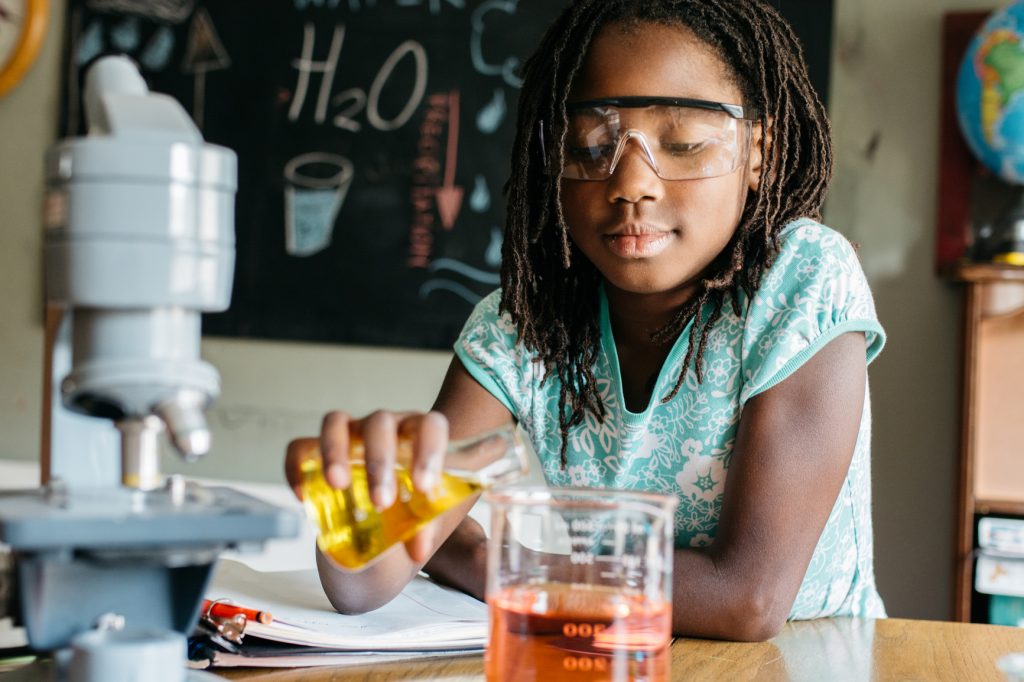
Nowadays STEM (Science, Technology, Engineering, and Math) is one of the biggest topics in education. Tech companies like Google, Facebook, Amazon, Microsoft, and Apple have all helped promote interest in STEM by investing funds in schools and coming up with innovative tools to engage students in their learning and encourage them to pursue these fields. This awareness helps to fill the gap in STEM careers and tech-related jobs. But …let’s take look what STEM was like 10 years ago in schools, how it has drastically changed over the years….. and is about to change again in the future.
I remember when I was in school and learning new things. Back then, STEM was very theoretical and not interactive at all. Studying STEM topics was always a frustrating and stressful experience because we didn’t have much interest and passion to learn about them. These subjects simply weren’t explained to us in a way that sparked our interest. Besides, our resources were limited, and the classroom used to be very strict.
These days, if you go into a classroom that is teaching STEM, you will notice some changes. There is an air of excitement in these classes as students are engaged with more interactive tools like robots, virtual reality, toys for coding, and so on. And thanks to these tools, classrooms are transforming into friendly environments where students are excited to learn and pursue STEM subjects.
Ten years ago, the terms “coding” and “programming” were not as big as they are right now. Today, technology has advanced quickly and has become an integral part of our lives. As a result, the demand for “coders” and “programmers” is increasing like never before. According to code.org, there are 68,352 open computing jobs in the State of California. However, in 2015, only 4,029 students graduated from computer science and a mere 16% of them were female. These figures show a huge lack of professionals, and in particular women, in computer science field.

With regard to females in STEM, ten years ago the idea that a girl could possibly work in these fields was not popular, nor did it have very much support. But lately, things are moving in opposite direction., Now there are a considerable number of programs dedicated to encourage and inspire young girls to pursue careers in computer science. These programs have also created a shift in schools towards a more competitive environment between girls and boys, which is helping to close the gender gap that we currently face.
Although we have improved over the last ten years, there is still more work to do on developing and integrating the modern tools for STEM education. So, it’s vitally important for the schools to stay current on the latest technology to enhance the performance of their students and continue to advance their learning.
“The implementation of Robotics Improve students’ skills and prepares them for the jobs of the future. Students become the creators of technology” – Barack Obama.
RobotLAB was created by teachers. RobotLAB has developed standards-aligned k-12 programs that help students develop 21st-century skills such as problem- solving, critical thinking and collaboration, all while learning core subjects in a fun and engaging way. We make abstract math and computer science real by focusing lessons on complex problems that become intuitive through the manipulation of virtual and physical robots.
Click to learn more about EngageK12 and discover the different lessons that we have for students transforming the way of learning STEM
Posted by Danat Bekzhassarov and Maria Alejandra Calcetero

